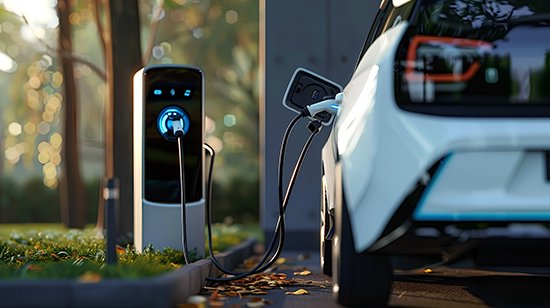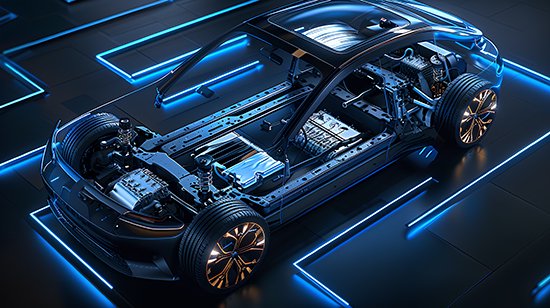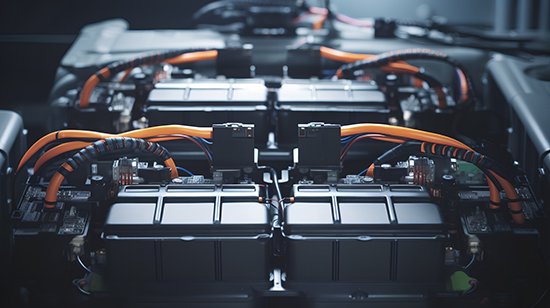In recent years, the new energy vehicle market has grown rapidly. In 2016, domestic sales of new energy vehicles surpassed 500,000 for the first time. Within two years, sales exceeded one million. By 2024, they will surpass ten million. However, the market’s penetration rate has recently shown significant fluctuations and a downward trend. Several objective factors contribute to this. However, issues with vehicle power batteries have become increasingly apparent. Battery warranty expirations trigger a chain reaction. New energy vehicle sales fluctuate significantly.
In just a few years, the domestic new energy vehicle market reached a scale of tens of millions. The market share continues to grow. However, as vehicle usage increases, many new energy models face the issue of battery warranty expiration. Most domestic car manufacturers offer a core battery warranty of eight years or 120,000 kilometers, including Tesla, Volkswagen, Toyota, and BMW. As the warranty period approaches, many batteries may lose coverage or require replacement. Some new energy vehicle owners discover that the repair or replacement costs of batteries far exceed the resale value of their vehicles, sometimes even surpassing the vehicle’s price. This situation makes it difficult for owners to obtain satisfactory prices when selling their used cars, leading to financial losses. Additionally, due to higher risks associated with long-term battery use, insurance companies often raise premiums for new energy vehicles, further increasing the financial burden on owners. Given these factors, some potential buyers are changing their attitudes toward new energy vehicles. They worry about battery durability and are opting for fuel vehicles instead. Battery degradation is common. New energy vehicle owners feel anxious about their batteries.
The performance of power batteries is crucial for new energy vehicles. It often determines the vehicle’s lifespan. However, data from Chezhilian shows that abnormal battery degradation is a common issue. In 2024, Chezhilian received 434 complaints about this problem. This number represents 16.6% of all quality complaints for new energy vehicles. Some owners reported that their vehicles, purchased less than two years ago, had a range achievement rate below 50%. This severe degradation caused anxiety among owners. Currently, some automakers have established warranty policies for battery degradation. For instance, one company introduced a free battery replacement policy that covers all owners and lasts for the entire vehicle lifecycle. This policy has three stages: 2 years or 50,000 kilometers, 5 years or 100,000 kilometers, and 8 years or 160,000 kilometers. The corresponding degradation thresholds are 15%, 25%, and 35%. While this policy aims to alleviate owners’ concerns, the automaker determines whether the degradation meets the standards. This creates a conflict of interest. Furthermore, a vehicle may reach the official degradation threshold just after the warranty period, leaving the owner unable to benefit from the free replacement policy. Additionally, owners struggle to obtain authoritative battery health reports and pinpoint evidence for their claims. To fundamentally address battery degradation, the government has rolled out relevant policies. Starting January 2025, the Ministry of Industry and Information Technology will implement a new technical specification for annual inspections of new energy vehicles. For the first time, it will require safety checks for the battery system, including capacity degradation rate, charge and discharge temperature control, and insulation performance. This aims to enhance the safety and reliability of new energy vehicles. Currently, battery maintenance or replacement mainly relies on the after-sales systems established by automakers or battery manufacturers. These companies restrict third-party service providers through technical barriers and system permissions. Due to technical barriers in power batteries, car owners can only choose official 4S dealerships for repairs or replacements. These dealerships control pricing. Car owners must accept high repair or replacement costs. If they use non-4S channels, it can void warranties and affect battery performance. Manufacturers may lock functionality on batteries replaced through third-party channels, leading to unusable vehicles. Serious issues may arise, such as third-party batteries failing to connect with the vehicle’s cooling system, causing thermal management failures. Inconsistent cell performance can also lead to defects. Moreover, car owners who replace batteries on their own may face legal disputes. In Henan, a repair shop replaced a battery for a new energy vehicle at a car owner’s request. The manufacturer sued for “illegal modification” and “computer system damage.” The court sentenced the mechanic to six months in prison and imposed an 80,000 yuan (11030$) fine. Similarly, two brothers who modified battery management system data for a car owner received six-month sentences and had over 5,000 yuan (690$) in illegal gains confiscated. These cases show that manufacturers maintain strict control over battery after-sales services through technical barriers and data control, creating a monopoly. Despite falling raw material costs for power batteries, replacement fees remain high. Manufacturers often sell batteries at prices above procurement costs, holding absolute pricing power. Some companies invest heavily in research for self-developed batteries, increasing costs. A significant portion of these costs gets passed on to older car owners needing battery replacements. Additionally, new batteries often do not fully fit older models, complicating repairs and replacements. These factors keep replacement costs high. Both technology and policy efforts drive down power battery replacement costs.
Battery anxiety among new energy vehicle owners stems from the conflict between battery degradation and usage cycles, as well as the cost of battery repair or replacement versus vehicle residual value. To alleviate this anxiety, manufacturers should plan and upgrade batteries effectively during development. They should extend battery lifespan to facilitate future repairs or replacements. Additionally, while developing new batteries, manufacturers should retain spare parts for older models to ensure necessary maintenance or replacement after the warranty period. For the industry, enhancing price regulation for new energy vehicle batteries and establishing replacement price standards are crucial steps to protect consumer rights and promote healthy industry growth. Price transparency and fairness directly impact owners’ interests. Strengthened regulation can ensure fair pricing during battery repair or replacement, preventing financial losses due to information asymmetry or price fraud. When setting price standards, consider factors like battery cost, market supply and demand, and technological advancements. Adjust price standards promptly when technology improves or costs decrease, allowing owners to benefit from advancements. The government should encourage third-party involvement in battery replacement without affecting existing warranty rights. This will diversify service options for consumers. Involvement from third parties can expand service coverage and drive innovation in battery replacement technology. In summary, as the domestic new energy vehicle market grows, issues related to battery warranty loss and replacement become more prominent. Addressing battery anxiety requires a collaborative approach through technical optimization, policy guidance, and market innovation. By controlling manufacturing costs, standardizing replacement prices, and offering more replacement options, we can gradually reduce repair and replacement expenses, fostering sustainable development in the new energy vehicle market.


